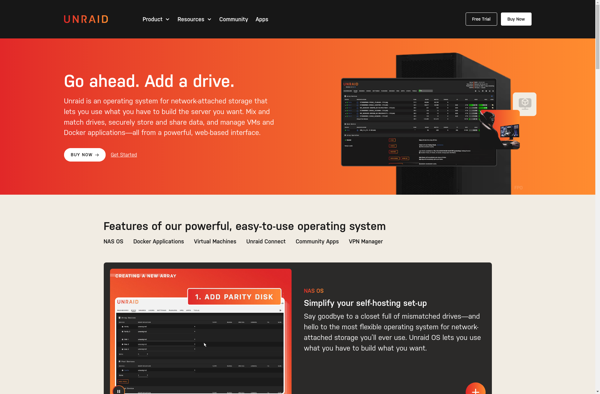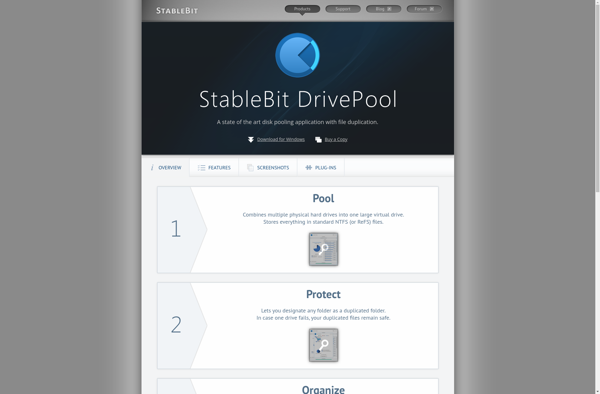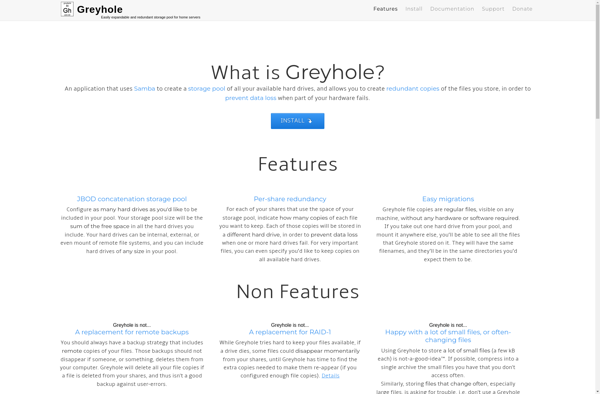Btrfs

btrfs: Open-Source File System
btrfs is an open-source file system that aims to offer advanced features compared to ext4. Some key features include snapshotting, checksums, and copy-on-write, as well as optimizations for SSDs
What is Btrfs?
btrfs (B-tree file system, pronounced "butter F S") is an open-source copy-on-write file system for Linux aimed at implementing advanced features while also focusing on fault tolerance, repair, and easy administration. It has been under active development since 2007.
Some key features and capabilities provided by btrfs include:
- Snapshots and rollbacks - Full system snapshots are created quickly and easily, allowing users to undo changes or revert back to a previous state if needed. Snapshots use copy-on-write techniques.
- Checksumming of data and metadata - This helps improve reliability by detecting silent data corruption.
- Copy-on-write - Updates to data are written to a new location rather than overwriting existing data, which improves data integrity and makes snapshots possible.
- Striping and mirroring across multiple devices - Improve performance or add redundancy by spreading data across multiple disks.
- Subvolumes - Allow creation of smaller internal file system volumes within the main file system.
- Online defragmentation, resizing, and conversion - File system can be optimized, resized, or converted to different formats without being taken offline.
- SSD-specific optimizations - Features like SSD-aware allocation policies improve performance and lifespan when using solid state drives.
- Integrated compression - Certain kinds of files can be compressed transparently to save space.
The developers of btrfs aim to provide a modern replacement for traditional Linux file systems like ext4. It still undergoes active development by Facebook and others to add new capabilities and stability enhancements.
Btrfs Features
Features
- Copy-on-write
- Snapshots
- Checksums
- Subvolumes
- Compression
- SSD optimizations
Pricing
- Open Source
Pros
Cons
Reviews & Ratings
Login to ReviewThe Best Btrfs Alternatives
Top System & Hardware and File Systems and other similar apps like Btrfs
Here are some alternatives to Btrfs:
Suggest an alternative ❐Unraid

StableBit DrivePool

Greyhole

Mergerfs

Mhddfs
